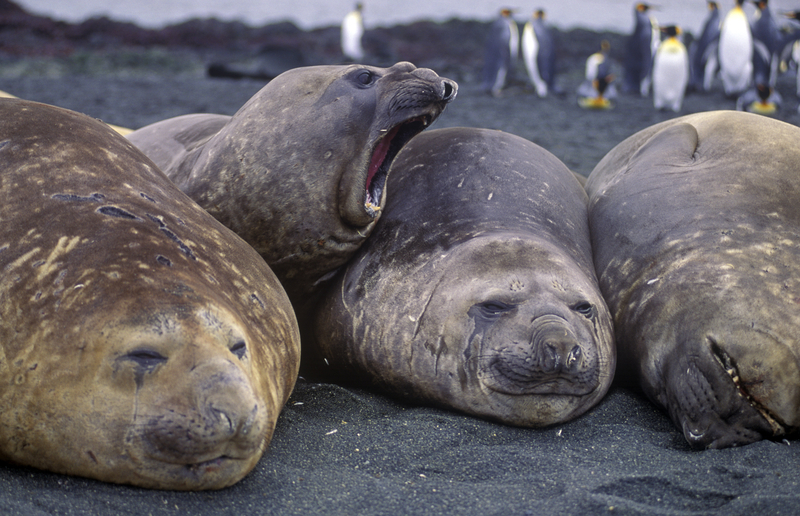
URGENT UPDATE: Australian scientists have detected signs consistent with H5 avian influenza, commonly known as bird flu, in elephant seals on Heard Island, a remote sub-Antarctic territory. This alarming development was reported during a management voyage conducted by the Department of Agriculture, Fisheries and Forestry (DAFF) and the Department of Climate Change, Energy, the Environment and Water (DCCEEW) on October 24, 2025.
Officials emphasize that while this is not a confirmed detection, it underscores the critical need for Australia to prepare for a potential outbreak. Currently, Australia is the only continent free from the highly contagious H5 strain, and a confirmed case on Heard Island would not significantly elevate the risk to the mainland.
During the voyage aboard the RSV Nuyina, scientists observed unusual mortality rates among elephant seals over recent days. Notably, there were no similar mortality spikes reported in other wildlife on the island, such as penguins and seabirds, which adds a layer of urgency to this situation.
The proximity of Heard Island to regions where H5 bird flu has previously been identified, including the French Kerguelen and Crozet Islands, raises concerns. Samples collected from the affected seals have been securely packaged following International Air Transport Association (IATA) Dangerous Goods Regulations. These samples are set to be tested at the CSIRO Australian Centre for Disease Preparedness when the RSV Nuyina returns to Australia in mid-November.
The testing process is expected to take several weeks, and scientists are anxiously awaiting results that could have profound implications for wildlife and public health. In response to this emerging threat, the Australian Government is investing over $100 million to enhance bird flu preparedness and response capabilities.
This developing story highlights the importance of monitoring wildlife health and maintaining vigilance against diseases that could affect both animals and humans. As officials continue to assess the situation, updates will be provided on the status of the testing and any potential impact on Australia’s wildlife and biosecurity.
Stay tuned for more updates as this situation evolves. For further information, visit birdflu.gov.au.






